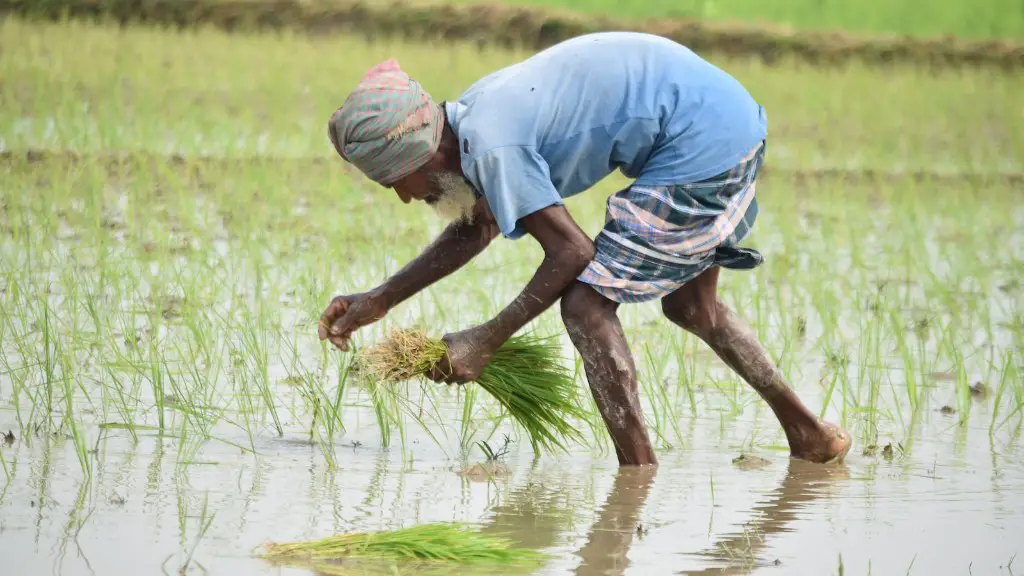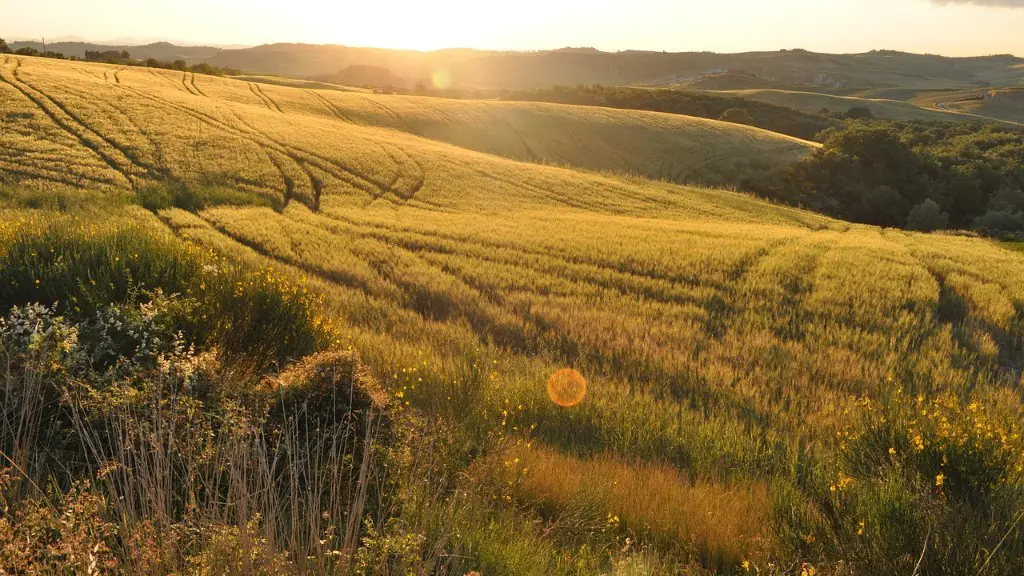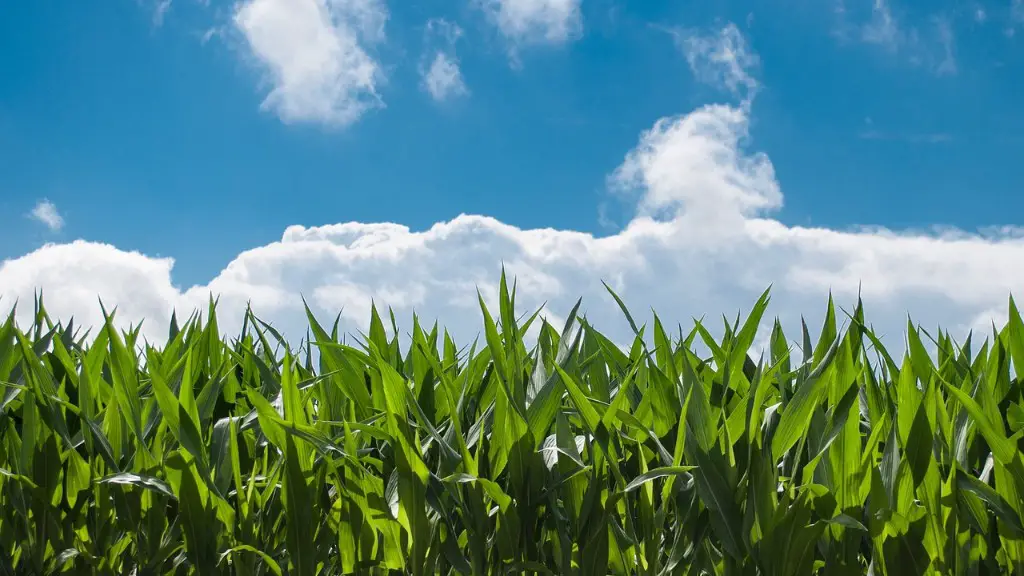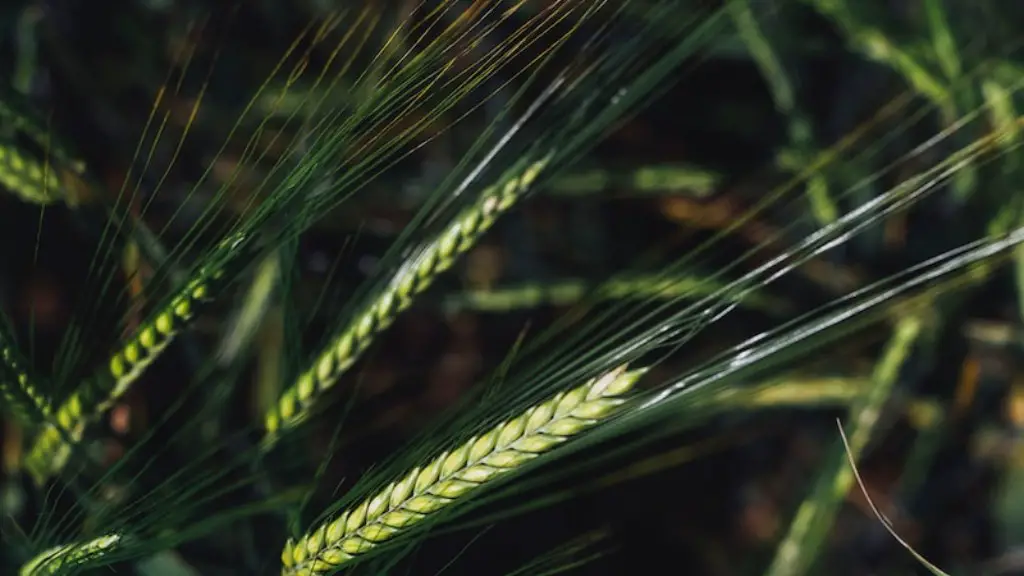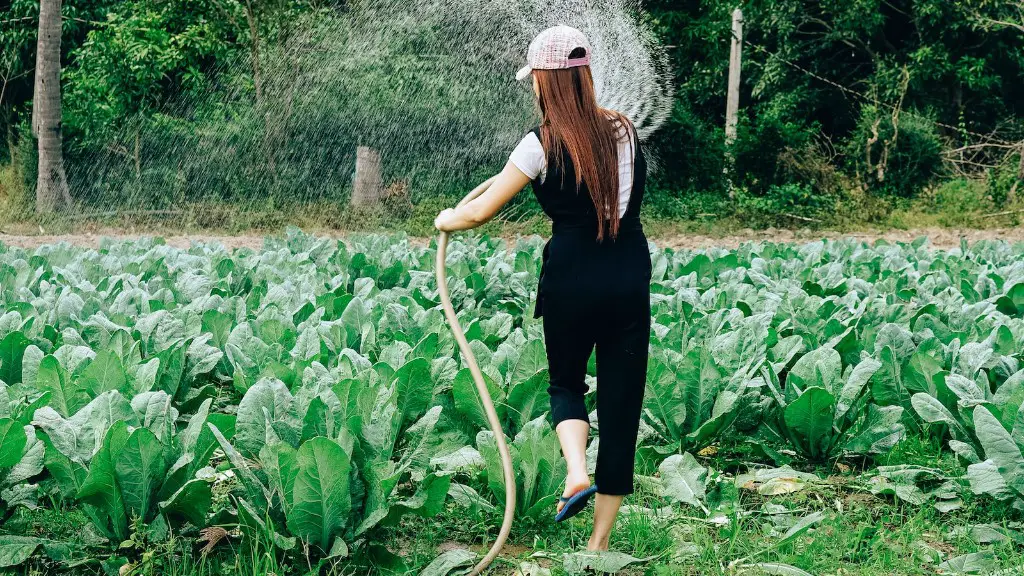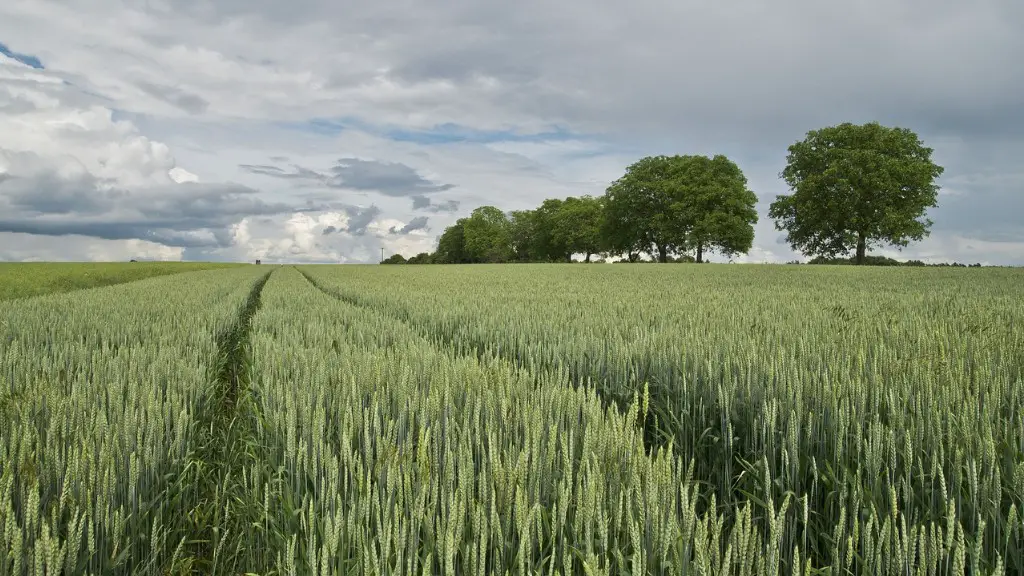A production system in agriculture is a method of organizing the production, processing, and distribution of agricultural goods and services. Agricultural production systems are composed of a variety of activities, including farming, ranching, forestry, and fishing.
A production system in agriculture is a combination of technological and managerial practices that are used to produce agricultural products.
What is the definition of production system in agriculture?
There are many different types of agricultural production systems, and the most appropriate system for a particular farm will depend on a number of factors, including the climate, the soil type, the availability of water, and the farmer’s own preferences and resources. Some common types of agricultural production systems include:
– subsistence farming, which is typically practiced in developing countries and involves growing just enough food to meet the needs of the farmer and their family;
– commercial farming, which is focused on producing crops or livestock for sale;
– mixed farming, which combines both subsistence and commercial production; and
– organic farming, which avoids the use of synthetic chemicals.
Industrialized agriculture is an agricultural production system that relies on large-scale mechanization, advanced technology, and extensive chemical inputs. This type of agriculture is typically associated with large-scale commercial farming operations.
Subsistence agriculture, on the other hand, is a type of agriculture that is focused on meeting the basic needs of the farmer and their family. This type of agriculture is typically associated with small-scale farming operations.
What are food production systems examples
A food system is a network of all the people, activities, and resources involved in getting food from the farm to our plates. It includes everything from the field to the table, from farm workers to grocery store clerks. The term “food system” is used to describe how food moves through the different stages of production, processing, distribution, and consumption.
Agricultural production management is the process of coordinating the various inputs used in farming in order to achieve desired outputs. Farmers’ objectives play a major role in this process, as they can complicate matters. Nonetheless, a well-managed farm can be a highly efficient and productive operation.
What is the meaning of production system?
A production system is a set of methods used in industry to create goods and services from various resources. One type of production system is the automobile assembly line, in which workers assemble cars from parts brought to them by conveyor belts.
Production systems can be classified into four types: Job-shop, Batch, Mass and Continuous production systems.
Job-shop production systems are characterized by having a large variety of products and small batches. The production process is often customized for each product, which results in a lot of flexibility but also a high degree of complexity.
Batch production systems are characterized by having a medium variety of products and medium-sized batches. The production process is often semi-automated, which results in good flexibility but also a moderate degree of complexity.
Mass production systems are characterized by having a small variety of products and large batches. The production process is highly automated, which results in low flexibility but also low complexity.
Continuous production systems are characterized by having a very small variety of products and very large batches. The production process is highly automated and very standardized, which results in very low flexibility but also very low complexity.
What is an example of production agriculture?
The businesses involved in agricultural production are those that either grow crops or rear animals for human consumption. This would include farms, greenhouses, nurseries, and ranches. If the businesses only sell their products at retail and don’t install them, then they would fall under the category of tree and sod farms.
Agroforestry is an important tool for sustainable land management and has the potential to provide many benefits, including stable yields, preserving soil fertility, increasing natural pest control, and producing resources that emerge as a result of the combination of crops, trees and animals in different spatiotemporal combinations. Agroforestry can help meet many of the challenges faced by the agriculture sector, including climate change, land degradation, and water scarcity.
What are the three systems of agriculture
There are a variety of farm types and household livelihoods that are dictated by the availability of water, land, grazing areas, and arable land. The most common types of farming are arable farming, mixed farming, subsistence farming, shifting cultivation, plantation farming, pastoral/livestock farming, and nomadic farming. Each of these farming types has its own distinct set of characteristics that are dictated by the climate, landscape, and resources available.
There are four main types of production systems: job shop, batch, mass, and continuous. Job shop production systems are characterized by low volume and high variety. In a job shop, each product is made individually, and there is a great deal of customization. Batch production systems are characterized by moderate volume and moderate variety. In a batch production system, products are made in small groups, and there is some customization. Mass production systems are characterized by high volume and low variety. In a mass production system, products are made in large quantities and there is little to no customization. Continuous production systems are characterized by very high volume and very low variety. In a continuous production system, products are made in a continuous stream and there is no customization.
What is production system explain it with an example?
A production system is a computer program that typically provides some form of artificial intelligence. It consists of a set of rules about behavior and a mechanism to follow those rules. Production systems are used to respond to states of the world.
A food production system is a set of processes and resources used to transform raw ingredients into finished food products. It includes everything from farming and ranching to food processing and packaging, as well as distribution and retailing. The term can also refer to the entire food industry, which includes all of the steps involved in getting food from the farm to the table.
Most food production systems are designed to meet the needs of a specific population, whether it is a local community or the entire world. In recent years, there has been a move towards more sustainable and environmentally friendly food production systems, as well as those that are better able to withstand the effects of climate change.
What is production management system
The Production Management System (PMS) is a comprehensive system that helps users manage all aspects of batch production processing, from planning and scheduling to execution and monitoring. The system offers a centralized and decentralized environment, so users can control production processes according to their specific needs.
Agriculture is critical to economic growth and development. It provides food for human existence and supplies raw materials for industry. This sector is a crucial driver of the economy, creating jobs and stimulating economic activity.
What are the 3 different types of production?
Job production is a process whereby items are individually handmade one at a time. This type of production is typically used for bespoke/custom made or one-off items. It is generally the most expensive and time-consuming type of production process.
Batch production is a process whereby items are manufactured in small quantities, typically in runs of between 20 and 500 items. This type of production is typically used for items that are not suitable for mass production, but where there is still a demand for them.
Flow production is a process whereby items are manufactured in large quantities, typically in runs of 1000 items or more. This type of production is typically used for items that are suitable for mass production.
Production management is responsible for ensuring that goods and services are produced efficiently and that they meet customer requirements. The main objective of production management is to produce goods and services of the right quality, right quantity, at the right time and at minimum cost. It also tries to improve the efficiency of production process by reducing wastage and improving productivity.
Final Words
A production system in agriculture is a set of technologies and management practices used to produce crops or livestock. It includes everything from the type of seed or livestock, to the equipment used, to the way the land is managed.
A production system in agriculture is a combination of inputs, including land, labor, and capital, which are used to produce a crop or livestock. The goal of agriculture production is to minimize costs while maximizing output. There are many different production systems used in agriculture, and the choice of system depends on the resources available and the specific goals of the farmer.
